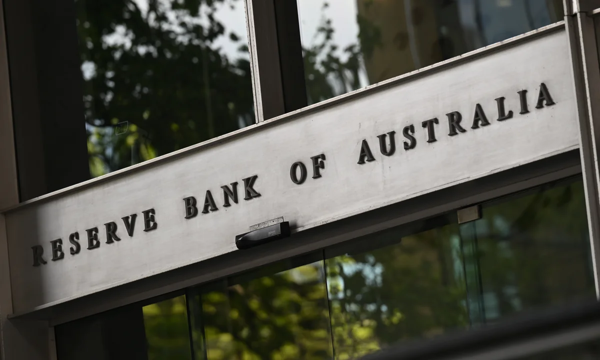
Global financial markets remain less optimistic, taking into account the possibility of a reduction in interest rates by 40 basis points this year. In Asia, it was possible to maintain its recent successes, since reliable data on growth has raised expectations for an increase in the Bank of Japan's interest rate in 2025, and July is being considered a key moment for decision-making. "Now, investor attention is centered on the minutes of the Federal Reserve's meeting in January, which should be published in mid-February, to assess the positions of policymakers regarding the potential for trading wars within the framework of President Donald Trump's trade policy. Data from last week showed that consumer prices in the US rose at a pace close to a maximum for the past 18 months in January, strengthening the cautious position of the Federal Reserve regarding renewed rate cuts. The dollar remained around two-month lows on Tuesday, as traders assessed the impacts of tariff risks and the prospects for rate cuts in the US, while the Australian dollar weakened amid volatile trading following the expected reduction in the Reserve Bank of Australia's interest rate. The Reserve Bank lowered its base rate by 25 basis points to 4.10%, marking its first cut since the pandemic began in 2020." Analysts at ANZ Bank note that "the uncertainty in trade policy is at a record high level... and considering that the labor market is stable, there are no convincing arguments for an immediate reduction in interest rates". The yen strengthened nearly 4% against the dollar this year. The dollar index, which measures it against six major currencies, increased by 0.1% to 106.83 but remained close to two-month minima of 106.56. The euro remained stable at $1.04735 while the pound strengthened to $1.2608 ahead of the worldwide negotiations in Saudi Arabia, aimed at resolving the conflict in Ukraine. Meanwhile, the New Zealand dollar fell 0.3% to $0.57195 ahead of the Reserve Bank of New Zealand's meeting in mid-week, where a wide rate cut of 50 basis points is expected. "An extended pause in the first half of this year seems reasonable, and the Federal Reserve will assess the impacts of trade measures on inflation". ANZ Bank now expects rate cuts to resume in the second half of 2025, with anticipated additional cuts of 75 basis points. "For the Australian dollar, managing time is less important than depth reduction," said global strategist at J.P. Morgan Private Bank, Yuxuan Tang. "Current levels confirm that the Australian dollar accounts for the risk premium of tariffs. And while we recognize potential negative consequences from widening tariffs, the value creation seems all-encompassing." However, the central bank remains cautious about further easing. The Australian dollar fell 0.2% to $0.63441 after an initial volatile trading, reaching a two-month maximum of $0.6374 on Monday. The yen stood firm at 151.61 per dollar after impressive GDP data for October-December and recent inflation data, which support arguments in favor of further tightening.













